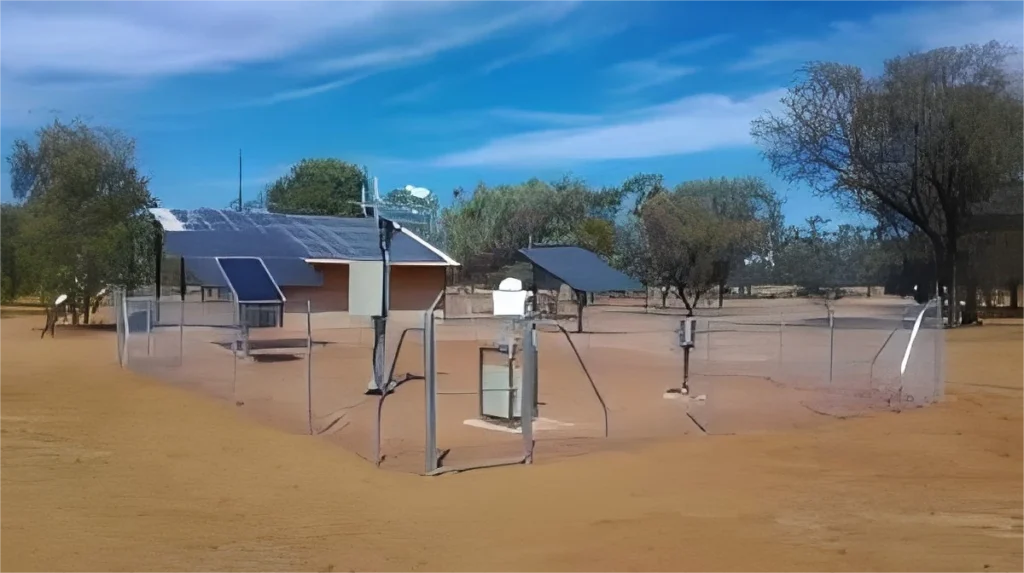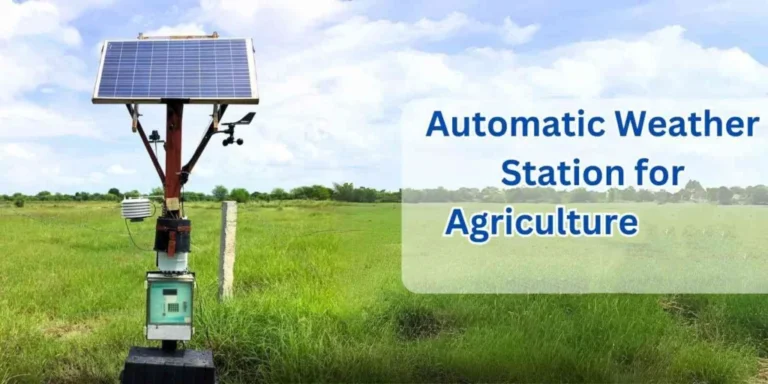Disadvantages of Automatic Weather Stations

# Disadvantages of Automatic Weather Stations
Automatic Weather Stations (AWS) have revolutionized meteorology by providing real-time weather data with minimal human intervention. However, despite their advantages, AWS also come with several disadvantages that can impact their effectiveness and reliability. Below, we explore some of the key drawbacks of these systems.
## High Initial and Maintenance Costs
One of the primary disadvantages of automatic weather stations is their high cost. Setting up an AWS requires significant investment in hardware, software, and installation. Additionally, regular maintenance, calibration, and repairs can further increase operational expenses. For smaller organizations or developing countries, these costs can be prohibitive.
## Dependence on Power Supply
Automatic weather stations rely heavily on a continuous power supply to function. In remote or off-grid locations, this can be a major challenge. While some AWS are equipped with solar panels or batteries, extreme weather conditions or prolonged periods of low sunlight can disrupt their operation, leading to data gaps.
## Limited Data Accuracy in Extreme Conditions
Although AWS are designed to operate in various weather conditions, they may struggle to provide accurate data during extreme events such as hurricanes, heavy snowfall, or sandstorms. Sensors can become clogged, damaged, or misaligned, resulting in unreliable measurements. Human-operated stations, in contrast, can often adapt better to such conditions.
## Vulnerability to Technical Failures
Like any electronic device, automatic weather stations are prone to technical malfunctions. Sensor failures, communication breakdowns, or software glitches can lead to incomplete or erroneous data. Without immediate human oversight, these issues may go unnoticed for extended periods, compromising the quality of weather forecasts and research.
## Lack of Human Judgment
Human meteorologists can interpret complex weather patterns and make adjustments based on experience and intuition. AWS, on the other hand, rely solely on pre-programmed algorithms and sensor inputs. This lack of human judgment can sometimes result in less nuanced or context-aware weather reports, especially in rapidly changing conditions.
## Data Transmission and Storage Issues
Automatic weather stations generate vast amounts of data that need to be transmitted and stored efficiently. Poor network connectivity in remote areas can hinder real-time data transmission, while insufficient storage capacity may lead to data loss. Ensuring robust data management systems is essential but can add to the complexity and cost of operating an AWS.
## Environmental Impact
The installation and maintenance of AWS can have environmental consequences. For instance, the construction of infrastructure in sensitive ecosystems may disrupt local wildlife. Additionally, the disposal of electronic components and batteries poses environmental risks if not handled properly.
## Conclusion
While automatic weather stations offer numerous benefits, their disadvantages cannot be overlooked. High costs, dependence on power, technical vulnerabilities, and environmental concerns are some of the challenges that need to be addressed. Balancing automation with human oversight and investing in resilient technologies can help mitigate these drawbacks, ensuring more reliable and sustainable weather monitoring systems.
